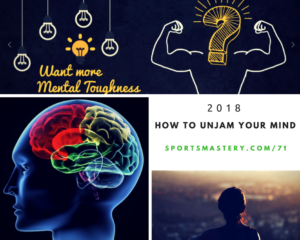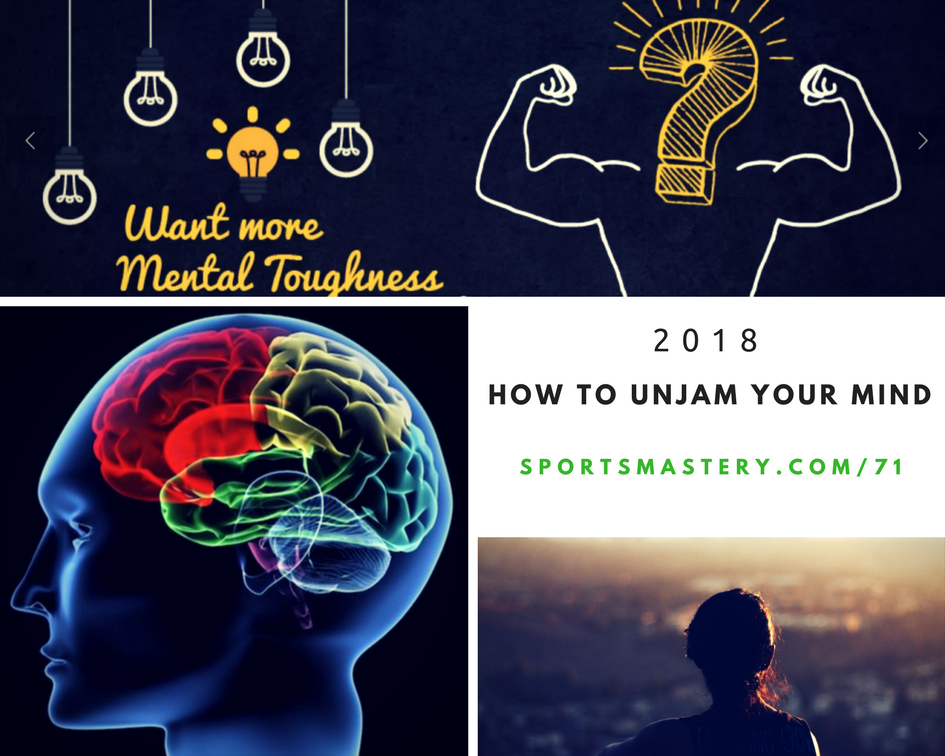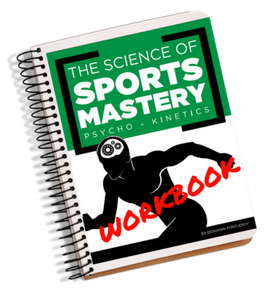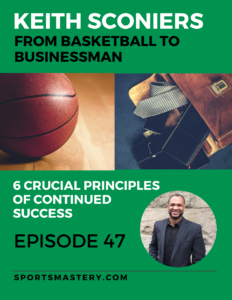The arrival of a new year signals new expectations. And when you feel stuck in anything from a relationship to career decisions or even family matters, you may feel more than a little blue.
It’s easy to be swept away by a whole cocktail of negative emotions. The reason for this is that most people don’t want to bring old baggage into a feeling of newness.
There are many possible ways to rid yourself of feeling like you are spinning your tires in muck. One regiment that I have found works comes from core martial arts techniques. These concepts have helped me find the proverbial light at the end of the tunnel many times over the years, and I want to share them with you. My hope is that they will serve you well.
Practice empty mind.
If you are feeling mentally paralyzed, martial arts tradition insists you begin your turn-around by emptying your mind completely. Most of us who have had older computers have experienced how nearly all functions and applications slow down in time—sometimes to a crawl—with the addition of more files and larger software. Not only does your computer lose speed, but eventually it has no more memory for new files. It simply cannot take on another thing. Its hard drive is full. And it can’t function again until you do something about it. Many people feel this way when an issue that has been “consuming” 24-7 remains unresolved—be it a relationship, employment or whatever. The next technique is at the heart of all holistic arts. If you do nothing else do this:
Pay attention to the way you are breathing. 
ZEN BREATHING
“Zen Breathing” may sound like some esoteric practice that belongs in a japanese monastery, but it isn’t. It is based on meditation techniques long used in Asia, but it has nothing intrinsically to do with religion. Slow, rhythmic breathing can turn an anxious mental state into one of relative tranquility and release the body from many of the other adverse effects of anxiety. Below, you’ll find a simple relaxation method. It’s natural and easy to learn. Just follow this procedure:
- Find a quiet, comfortable place to sit.
- Breathe deeply, slowly and through your nose.
- With each breath you take, concentrate on feelings, sensations and changes you experience through breathing. Listen to your breath. Hear the life-giving sounds of breathing in and breathing out. This process helps you tune out other sounds and forget distracting left-brain thoughts.
- After about 15 minutes, take one last deep breath and end the session. You should feel completely relaxed and refreshed in body and mind.
An important thing to remember about this or any relaxation technique is that individual preference is an important part of the process. Experiment with variations in your breathing and find a method that is right for you. For example, you may find that instead of the sound of your breathing, you prefer to concentrate on an external sound with a regular rhythm such as that of a classical composer.
–DeShawn Fontleroy





 Your Information is Safe
Your Information is Safe Secure Checkout
Secure Checkout





 6 Week Mastermind
6 Week Mastermind